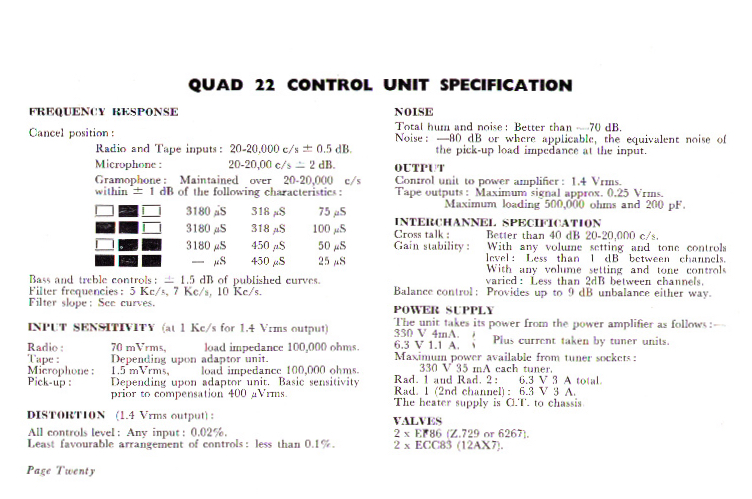Sue Pertwee-Tyr
Accuphase all the way down
Can the Original Poster clarify what they are trying to achieve and what they want to play? I'm with GT Audio on this keep a phono stage simple and low noise.
I’ve got a decent collection of fifties, sixties and seventies classical vinyl, all sorts of labels, and am building a similar collection of jazz from the fifties on. I heard the same record played on RIAA and on the DG curve through the CH Precision phono stage and the DG. curve was just massively, obviously better. Not just tone control, significantly more dynamic and musical. The recording dated from the late fifties, as do a fair few of mine.Steve, I think current/transimpedance phono stages are already a niche product, finding one with variable EQ sounds like find a needle in a haystack made of chicken teeth.
Probably something you'd need to have made bespoke for your needs I'd have thought.
The CH Precision stage can be voltage or current input, and has various curves built in. No need for bespoke if you’ve got £25k. Which I haven’t, alas.



